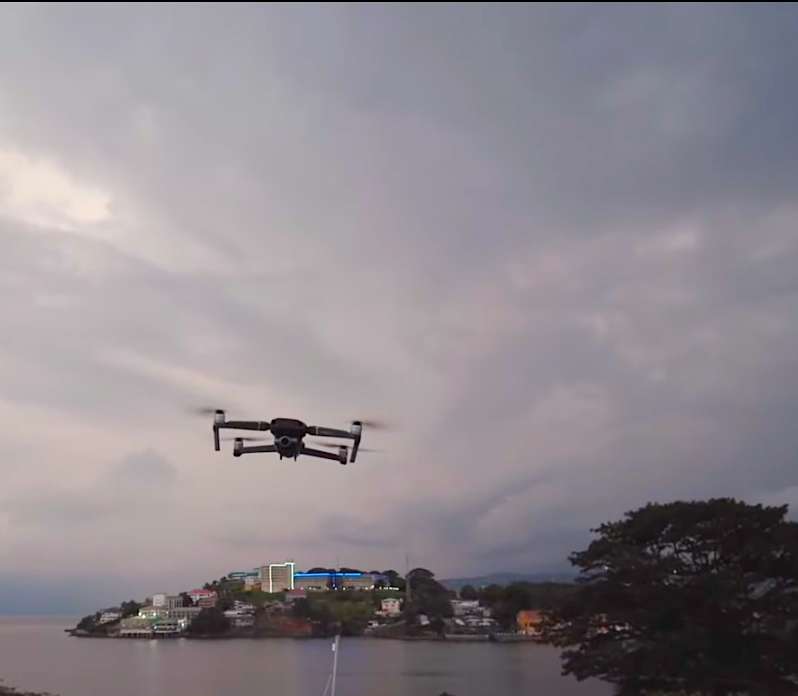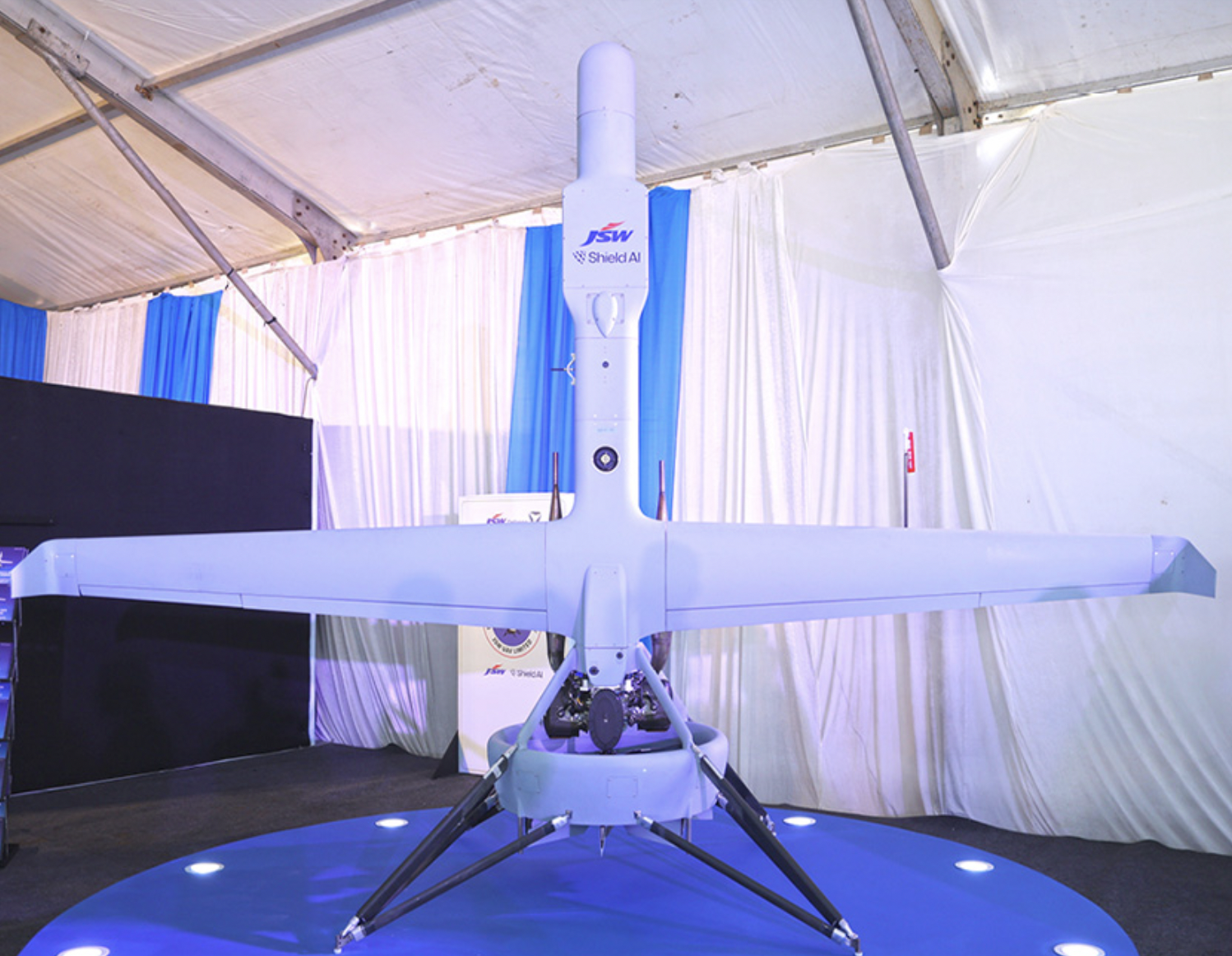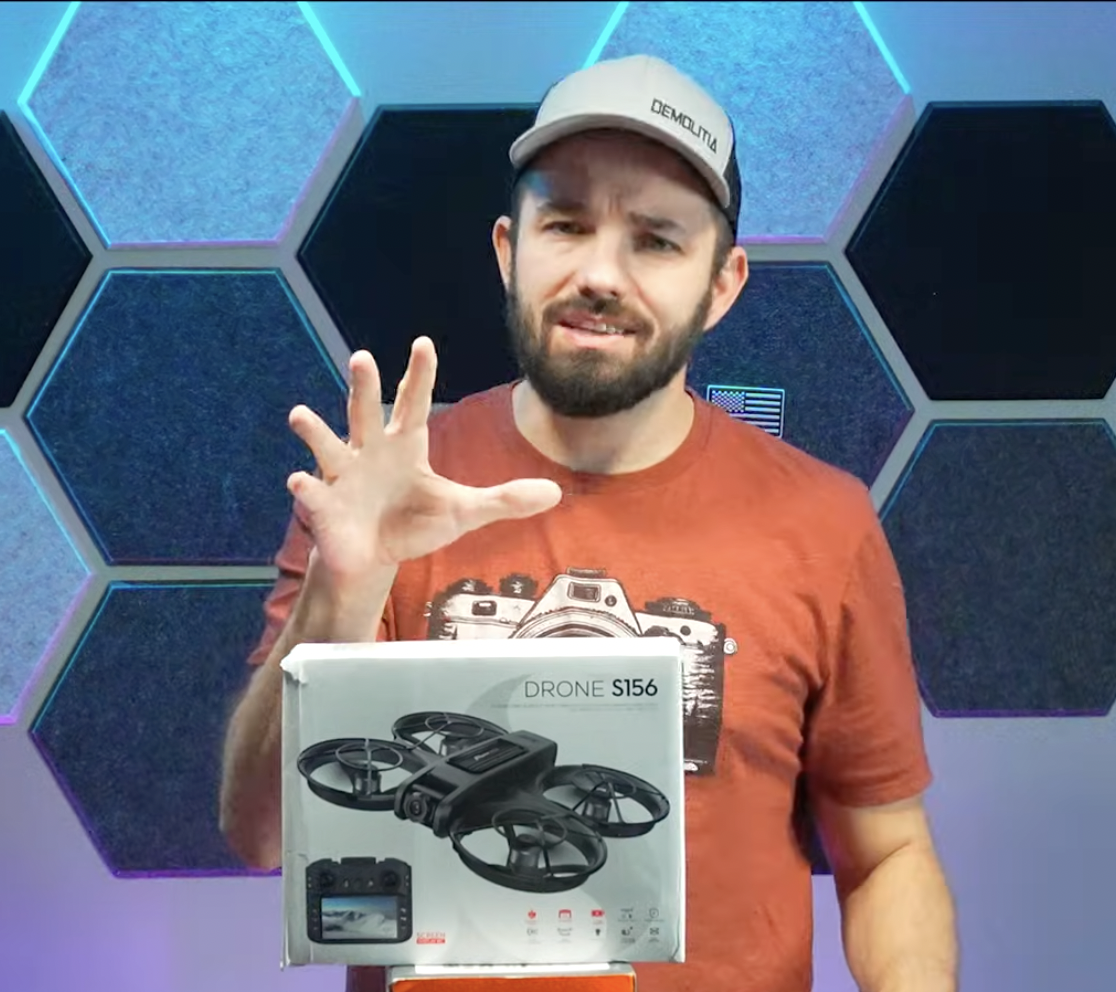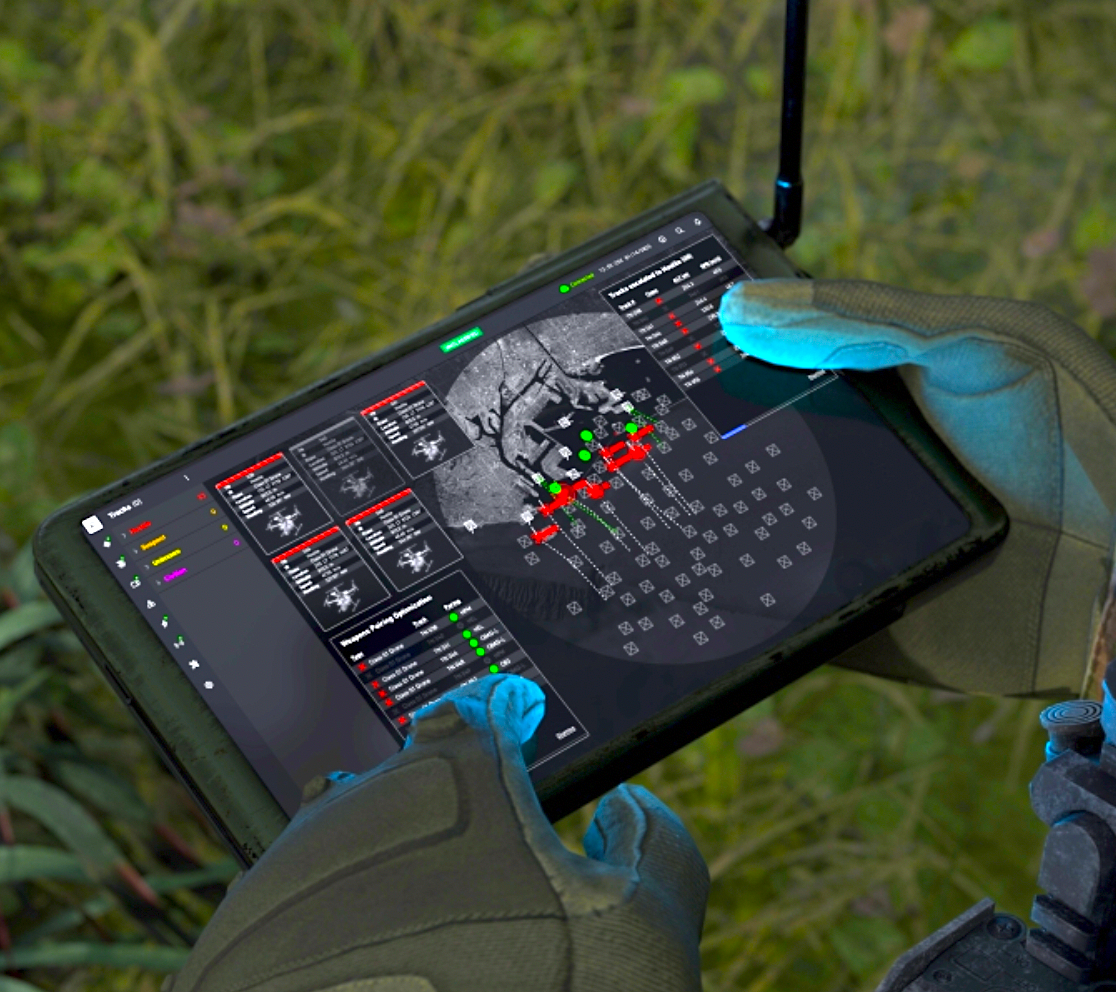Featured NewsTrending NewsBrazzelFinding the Balance: How Often Do You Fly Your Drone?
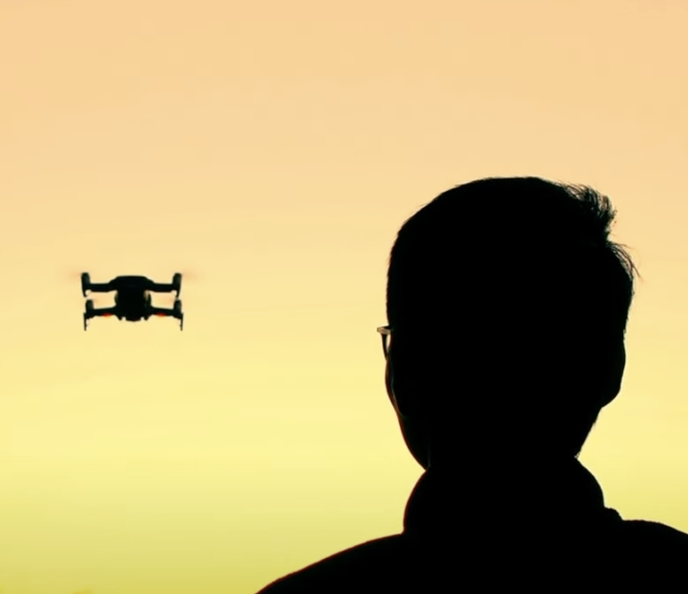
11 January 2024
In the world of drone enthusiasts, the frequency of taking flight often becomes a dynamic interplay of passion, commitment, and life's unpredictable variables. As the host of Inspire with Drones, I've found myself pondering a question that resonates with many fellow drone pilots: How often do you fly your drone?
The Allure of the Open Skies
Drones, with their ability to capture breathtaking aerial perspectives, have a way of calling enthusiasts to the open skies. However, the reality of a drone pilot's schedule often introduces its own set of challenges. For me, adverse weather conditions frequently play a decisive role in whether I can soar through the skies or stay grounded. Surely, I can simply just go rogue and disregard any safety concerns by flying my drone in serious weather conditions just because, but we all know that would just be asinine, and irresponsible of me or anyone who attempts to do so.
The Whims of the Wind
Southern California, with its picturesque landscapes, offers a stunning canvas for aerial cinematography. However, the region is not without its windy days. High wind conditions can turn a routine flight into a precarious endeavor, forcing drone pilots to carefully consider the feasibility of taking flight. It's a dance with the elements that adds an element of unpredictability to the pursuit of capturing that perfect shot. Where I’m located which is in the low desert area, just 20 min’s out from Palm Springs, in between the San Jacinto and San Gregorio mountains, it is common to face strong windy conditions make it extremely difficult to fly a successful mission or even perform a steady hyper-lapse.
Life's Busy Schedule
Being a professional videographer, drone cinematographer, working in ministry, heading the media team at my local church, working a full-time job, going to school, along with having a family and being in a relationship, my schedule is often a tapestry woven with deadlines, shoots, services, and editing sessions. Finding the time to fly the drone amidst the hustle and bustle of professional responsibilities becomes a delicate balancing act. As the demand for captivating content continues to grow, the challenge lies in carving out moments for personal exploration and creative expression. This can be very challenging for many as you find yourself not being able to do it all, but the important thing to remember is to do your best to prioritize your schedule and be intentional with making the time necessary to do the things that matters most, like flying your drone.
Family Life Takes Center Stage
In the midst of the professional whirlwind, family life emerges as a cornerstone that demands attention and devotion. Balancing the passion for drone flying with the responsibilities of family creates a nuanced narrative. Finding the sweet spot where both professional and personal spheres harmonize is a constant endeavor, making each flight a deliberate choice that considers the broader tapestry of life. As a side note, there are times where I will include my family during my droning expeditions. This can be a beneficial way to cause your family to build a better appreciation and excitement for what it is that you do when you’re flying your drone.
Confronting Excuses
Sometimes, the barriers to taking flight are not external but internal. The human tendency to make excuses can cast a shadow on the enthusiasm for drone piloting. Acknowledging and addressing these excuses, whether rooted in fatigue or a momentary lack of motivation, becomes crucial in maintaining a consistent and fulfilling engagement with the skies. So, I asked a question concerning what do you do when you don’t fly your drone?
Making the Most of Days Without Drone Flight
Drone Maintenance Rituals: On days when the wind howls too strongly or rainclouds loom overhead, taking a proactive approach to drone maintenance can be a rewarding use of time. Checking the drone for any signs of wear and tear, inspecting the propellers, and ensuring that all components are securely in place are crucial steps in keeping your drone in optimal condition. It's a ritual that not only safeguards your equipment but also deepens your connection with the technical intricacies of your aerial companion.
Battery TLC: Batteries, the lifeblood of any drone, require special attention during periods of inactivity. On days when flight seems like a distant possibility, consider conducting a thorough check of your drone batteries. Ensure they are charged to an appropriate level, inspect for any signs of damage or degradation, and, if needed, initiate a maintenance charge to keep them in prime condition. However, it’s important to remember not to overcharge your drone batteries by leaving them on the charger well after they have already been charged. As a results, this proactive approach minimizes the risk of power-related issues when you are ready to take the drone up and fly.
Reacquainting with Settings and Features: In the fast-paced world of technology, updates and new features are constants. On days when the drone remains grounded, take the opportunity to reacquaint yourself with the various settings and features of your device. Familiarize yourself with any updates or firmware changes, explore new functionalities, and perhaps experiment with different shooting modes. This not only enhances your technical proficiency but also opens up avenues for more creative and nuanced aerial storytelling.
Simulated Soaring: If the desire to navigate the skies becomes too compelling to ignore, consider indulging in simulated drone flights. Various drone simulation software allows you to virtually take your drone for a spin, honing your piloting skills without leaving the comfort of your home. It's a fun and risk-free way to stay connected with the joy of flying, even when external conditions keep your drone grounded.
Educational Endeavors: Grounded days offer an excellent opportunity for educational pursuits related to drone piloting. Dive into online tutorials, articles, or forums that discuss advanced techniques, photography composition, or the latest developments in drone technology. Enhancing your knowledge base not only enriches your experience as a pilot but also positions you to make more informed decisions when you're back in the pilot's seat.
Reflection and Planning: Every grounded day is a chance to reflect on past flights and plan for future endeavors. Reviewing footage, analyzing your piloting techniques, and identifying areas for improvement contribute to your growth as a drone enthusiast. Additionally, use this time to plan upcoming shoots, scout new locations, and set goals for your aerial cinematography endeavors. Grounded moments become strategic pauses in the larger narrative of your drone piloting journey.
Conclusion
In the world of drone enthusiasts, the frequency of flight is a narrative that intertwines with the ebb and flow of life itself. Adverse weather conditions, busy schedules, family commitments, and internal hurdles all contribute to the complex dance of deciding when to let the drone take flight. As the host of Inspire with Drones, I navigate this intricate choreography, recognizing that each flight is not just a capture of visuals but a reflection of the delicate balance between passion and responsibility.
While the allure of the open skies is undeniable, the grounded days in between are not to be dismissed as mere waiting periods. Embracing these moments with a proactive mindset allows you to deepen your connection with your drone, refine your skills, and prepare for the next exhilarating flight. Whether it's conducting meticulous maintenance, exploring new settings, or engaging in simulated flights, each action contributes to a richer and more fulfilling drone piloting experience. So, the next time your drone sits patiently in its case, remember that even on grounded days, the journey continues, and the skies remain within reach.
Watch this Episode of Inspire with Drones
